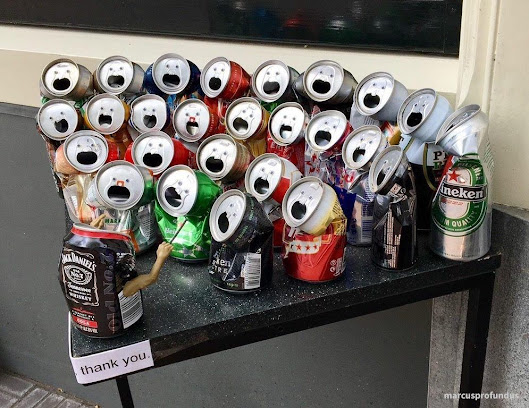Pareidolia noun: the tendency to perceive a specific, often
meaningful, image in a random or ambiguous
visual pattern.
If you have perceived an image in the clouds
or perhaps a human face in the grill of an automobile, you’ve exhibited a
tendency for pareidolia. It’s a human thing. We’re created to recognize
familiar shapes, and from infancy, we are especially drawn to the human face.
Thinking about pareidolia, I realize that in a
sense, readers do the same thing. As they read words on a page, they
instinctively “see” the familiar outlines of a human being in their minds.
That’s what writers aim for—creating characters through words that form images
our readers can never forget. Words can
create images, and the power of words to do that should never be forgotten or
taken for granted.
How do we do that?
We all know about the interesting and unique
physical characteristics that help us cement our characters in the minds of
readers—the prodigious mustaches, the sapphire blue eyes, the angry scars. But
there’s more.
If readers are looking to recognize a “face,” it’s
not only on a physical level. It’s also the emotional and spiritual aspects of
human life that transform black marks on a white page into a living, breathing
person.
What makes us human? Think in terms of gifts and flaws, courage and fear, success and failure, thoughts and feelings, loves and hates, hope and despair, the sublime and the prosaic. Real people are made up of all these things, the ordinary elements of earth joining hands in the miraculous combinations that make up human life—like the portrait in “The Jurist.” We can’t forget them.
Writers, how do you bring your characters to life? Readers, which fictional characters will you never forget?




If readers connect with out characters on an emotional level, they are often hooked.
ReplyDeleteLove the squashed can choir!
I love the photo too!
DeleteAlmost invariably when I see a movie or TV show, the actor's image replaces anything I might have conjured as a reader. One exception was Tom Cruise as Reacher!
ReplyDeleteThe whole question of book vs movie is an interesting one. Novelists have to provide the visual clues, hoping they will conjure up images in the readers' minds. Some day you'll have to tell me about Tom Cruise as Reacher.
DeleteKey details, speech, body language. A silver filagree hair clip, soft southern drawl, moves at a brisk pace on long legs.
ReplyDeleteLove it--especially the silver filagree hair clip.
DeleteInteresting. From almost when I could talk, I saw faces in the curtains and the bathroom floor tiles (according to my mother). I still do. All of which I think helps with the first layer of imaging a character in my writing -- but I know the next layer will be superimposed by the reader.
ReplyDeleteSo true! Things begin in the writer's imagination but must be completed in the readers' imaginations.
DeleteWell, this will sound strange. I talk to them. Some I interview, others seem to sit on my shoulder and chime in when the spirt moves them. It’s funny that you mention car grills. There was a popular car a few years ago, I can’t remember the make or model, but I always told my husband I would never own one. He asked why and I explained it was because it looked as if it was going to sneeze.
ReplyDeleteOh, that's so funny, Kait (about the car). If the images begin to talk back, let me know.
Delete